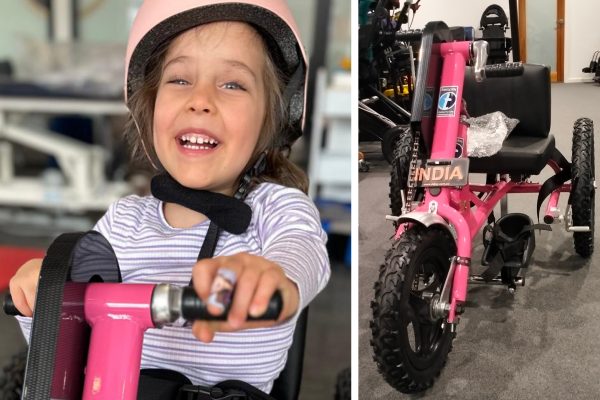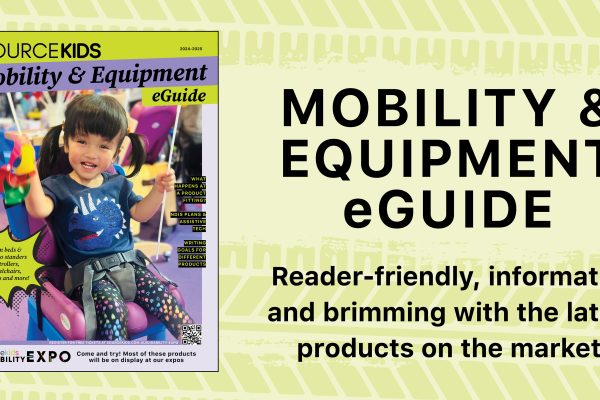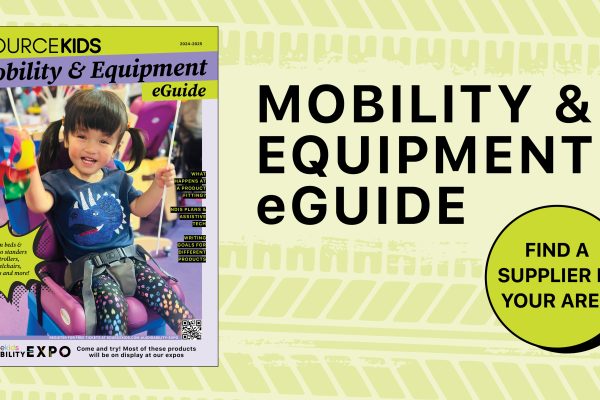
Safety in the car: what you need to consider
When transporting children with special needs, special care needs to be taken. Children with special needs often have additional car safety requirements, whether physical or behavioural, which means that additional equipment and attention is required beyond the current government legislation.
As your child grows in size it is important to update their seat. The current laws state that:
Up to six months: Your baby must be restrained in an approved rearward-facing child restraint such as an infant capsule or a convertible car seat specially designed for newborn babies.
From six months to four years old: Your child must be in either a rearward-facing or forward-facing child restraint, such as a child safety seat.
From four years old to seven years old: Your child must be in either a forward-facing child restraint or a booster seat restrained by a correctly adjusted and fastened seatbelt or child safety harness.
From seven years old to 16 years old: Your child must use a booster seat or a seatbelt properly adjusted and fastened.
Standard infant and toddler seats are usually more than adequate for babies and younger children with special needs and it is usually only once children have outgrown the standard sized seating that the need for special adaptive equipment becomes necessary.
Standard infant seats that recline are fantastic for children with special needs – even for those with respiratory issues. While currently it is only required for infants to be rear facing up until six months, it is a great idea to use the seat rear facing for as long as possible. Rear-facing, the seat provides much more support, in case of an accident, or even just with the constant motion of the car, for children with weak neck control and core strength.
If your child’s head tilts forward in the rear facing seat because it isn’t tilted far enough, you can add a wedge by using a rolled up towel at the crease of the car (at your child’s feet) up to an angle of 45 degrees (just check with the guidelines of your seat’s manufacturers).
Car seats provide more than just a safe seating position – they also keep children with additional support needs well supported and they can help to keep children with impulse control issues appropriately seated whilst in the car. For this reason, most standard mainstream booster seats aren’t really adequate but there are a few on the market that still provide the five point harness car seat style safety and support in a size to t up to a 10 year old. Alternatively there are harnesses available that you can add on the booster seats that can provide the extra support and security your child may require. You can also purchase a seat belt buckle guard that will protect the buckle from being opened unless a key-shaped item is inserted into the plastic guard. If you do decide to use one, you need to remember to have a seat belt cutter easily available so emergency workers can release the seat belt if necessary.
There are also a number of seats on the market available specifically for children with special needs. Some of these have swivel bases, which are particularly useful for larger children who are unable to self-transfer.
If your child is in a wheelchair and too heavy to lift into the car, you may need to think about an adaptive vehicle, where the floor is lowered and the chair tethered to the base of the vehicle, so that your child can remain in their chair. There are a number of vehicles on the market that are able to be adapted, and companies that are able to carry out the adaptions for you.
NOTE:
- Check with the road authority in your state to make sure you are compliant.
- Rear facing seats must never be used in the front seat of the car due to the air bags.
- It’s a really good idea to have your car seat installation checked by a professional. The Roadside Assistance Company in your state will be able to help you with this.
- You need to ensure car seats pass the Australian safety standards! Only purchase from an Australian supplier.
- Never use a car seat if it has been in a car that has been involved in a serious accident.
- It isn’t advisable to purchase a second-hand car seat. If you do, take great care to check the wear and tear, latches, fastening straps and ensure it hasn’t been involved in a car accident.
- The RACQ advises you don’t use a car seat older than 10 years. You can check the date it was manufactured on the seat.
Car safety tips:
Have a car safety care plan in place for your child in case a medical emergency occurs while you are driving.
Make sure you have a tag listing your child’s diagnosis and any major points emergency care workers will need to know if you are unable to assist them in the case of an accident.
Things to list include:
- Communication abilities (e.g. non-verbal, sign language, PODD)
- Medications (times, quantities and how to administer)
- Feeding requirements (allergies, PEG details)
- Paediatrician’s name and phone number
After writing this little piece of advice I was suddenly chronically aware that I was driving around without all this essential information easily available for emergency workers to access. A minor spot of anxiety later – mainly regarding how I could do it easily, what would work, and how I could store it so that it could be seen but not eaten by my daughter – and we are all sorted.
The Cheeky Echidna Emergency Information Wrap, which was designed by a mum who has a son with special needs, does the job perfectly. She says: “I worried what would happen if we were in an accident and I was injured. How would anyone know how to help my son, who is still learning to communicate? I wanted something that could provide some information to first responders, so they could help my son effectively.
“The wrap can communicate for you when you can’t and can provide useful information to first responders so they can quickly and effectively help your child if you are in an accident. There is space on the card to provide information on blood type, medications, medical conditions, emergency contact numbers – I even have my son’s favourite food and song to calm him listed on his! The card can be removed and taken with the patient to hospital so they too have all the information required.”
The wrap attaches with Velcro so can be moved and used on a bag or backpack, or even on wheelchair or pram straps. Emergency Information Wraps and cards can be purchased from www.cheekyechidna.com.au
Remember to safely stow all strollers, walkers and wheelchairs in the boot of the car while driving to prevent them from injuring passengers if there is an accident.
The RACQ recently conducted a Temperature in Cars survey*, which made several important findings that show the dangers of leaving children unattended in cars, even for a short time. They conducted a variety of tests on temperatures inside parked cars and concluded that ‘there is no safe situation in which to leave children unattended in a vehicle’. Many children with special needs and it difficult to regulate their body temperature and are even more at risk of dehydration and/or serious medical complications from overheating.
*go to http://www.racq.com.au/cars-and- driving/safety-on-the-road/driving-with-children/ dangers-of-leaving-children-in-cars for the full report.








